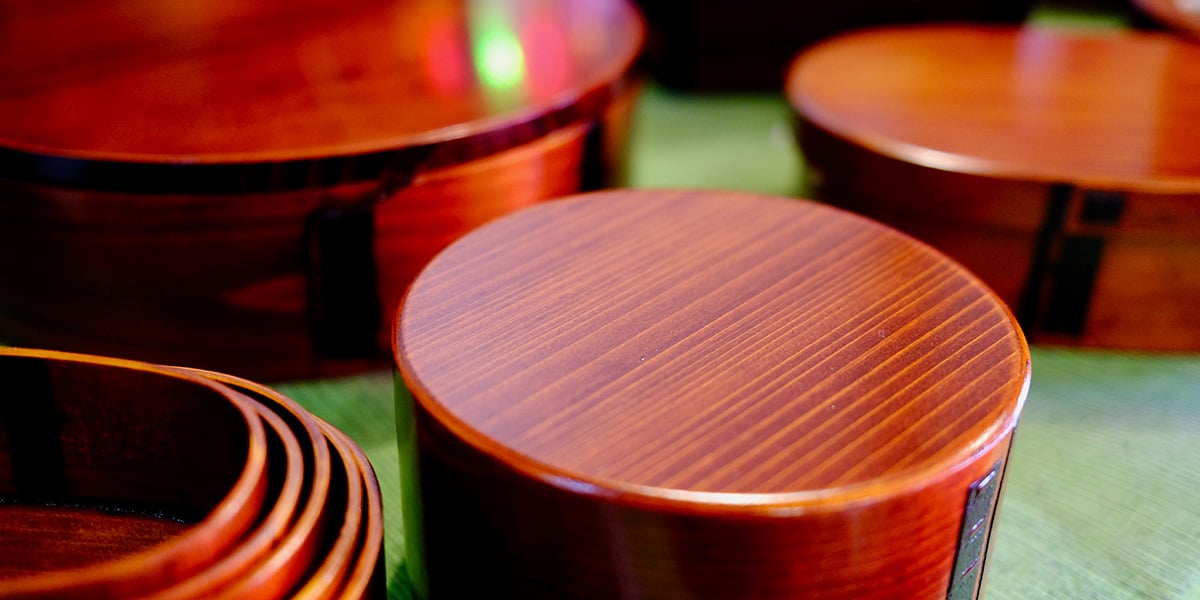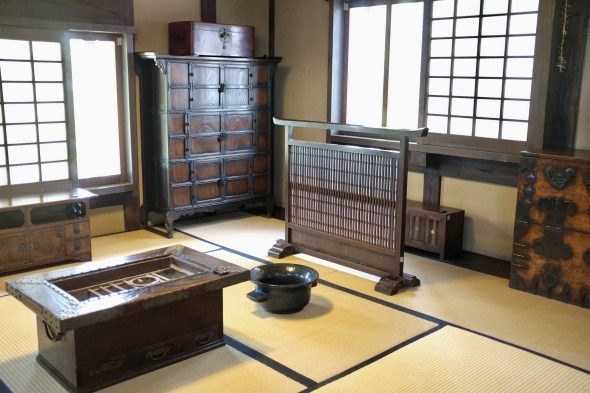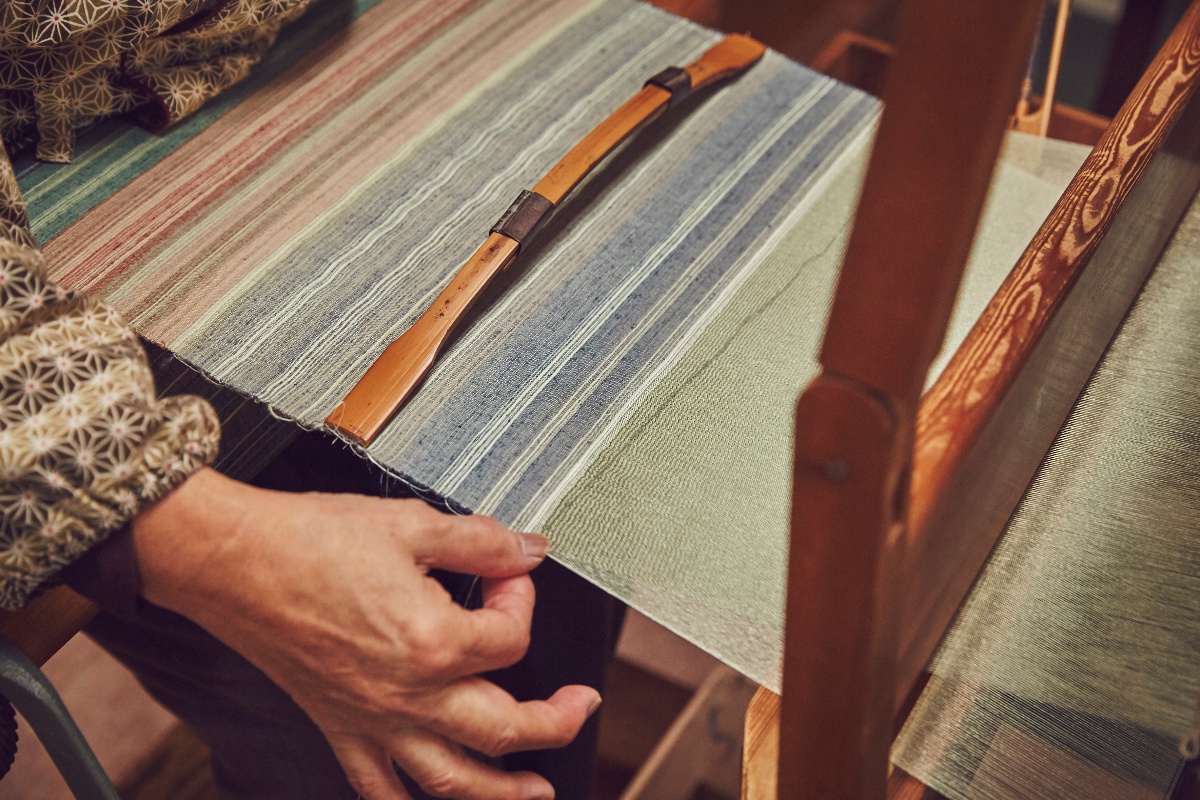
A combination of human ingenuity, natural resources and numerous trade routes gave birth to a variety of traditional crafts around Nagano. From solid wood furniture and lacquerware to Japanese washi paper and silk, artisans around the prefecture have perfected their craft.
We’ll introduce many of Nagano’s traditional crafts below.
Uchiyama Washi Paper
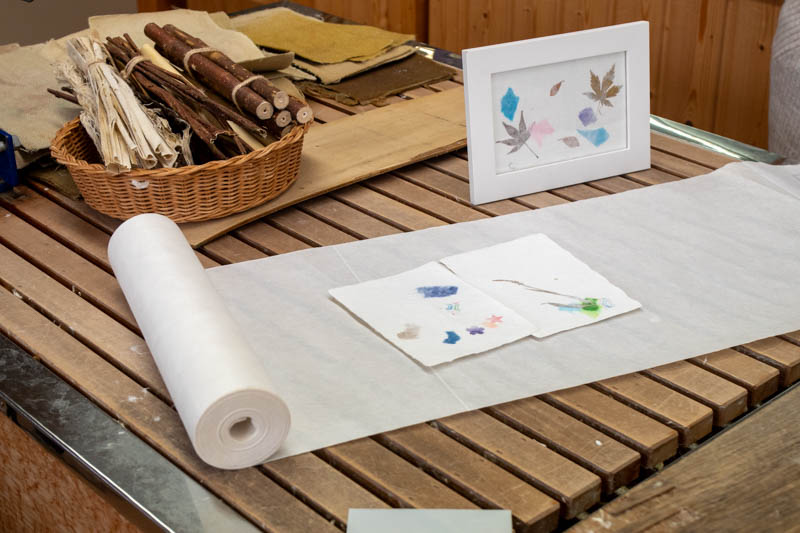
Uchiyama Washi Paper is made in several areas of Northern Nagano. It is said that it originated in the village of Uchiyama (now part of Kijimadaira) in the mid 17th century when a villager began papermaking after learning the art in Mino Province (now Gifu Prefecture).
This traditional Japanese paper is made with the bark of the Kozo plant, a member of the mulberry family. A unique aspect of Uchiyama Washi’s papermaking process is laying the Kozo bark out on the snowbanks and sprinkling them with snow. The melting snow in the winter sun helps naturally bleach the bark over the course of a week. A boiling bath of sodium carbonate and caustic soda further whitens the fibers before they’re made into paper.
Quite durable and resistant to yellowing, Uchiyama washi is often used for shoji sliding doors, calligraphy work or important family documents. Paper lanterns are a more recent use.
In Iiyama City, you can participate in an Uchiyama Washi-making experience and make a unique postcard to remember your visit.
Shinshu Tsumugi Silk Fabric
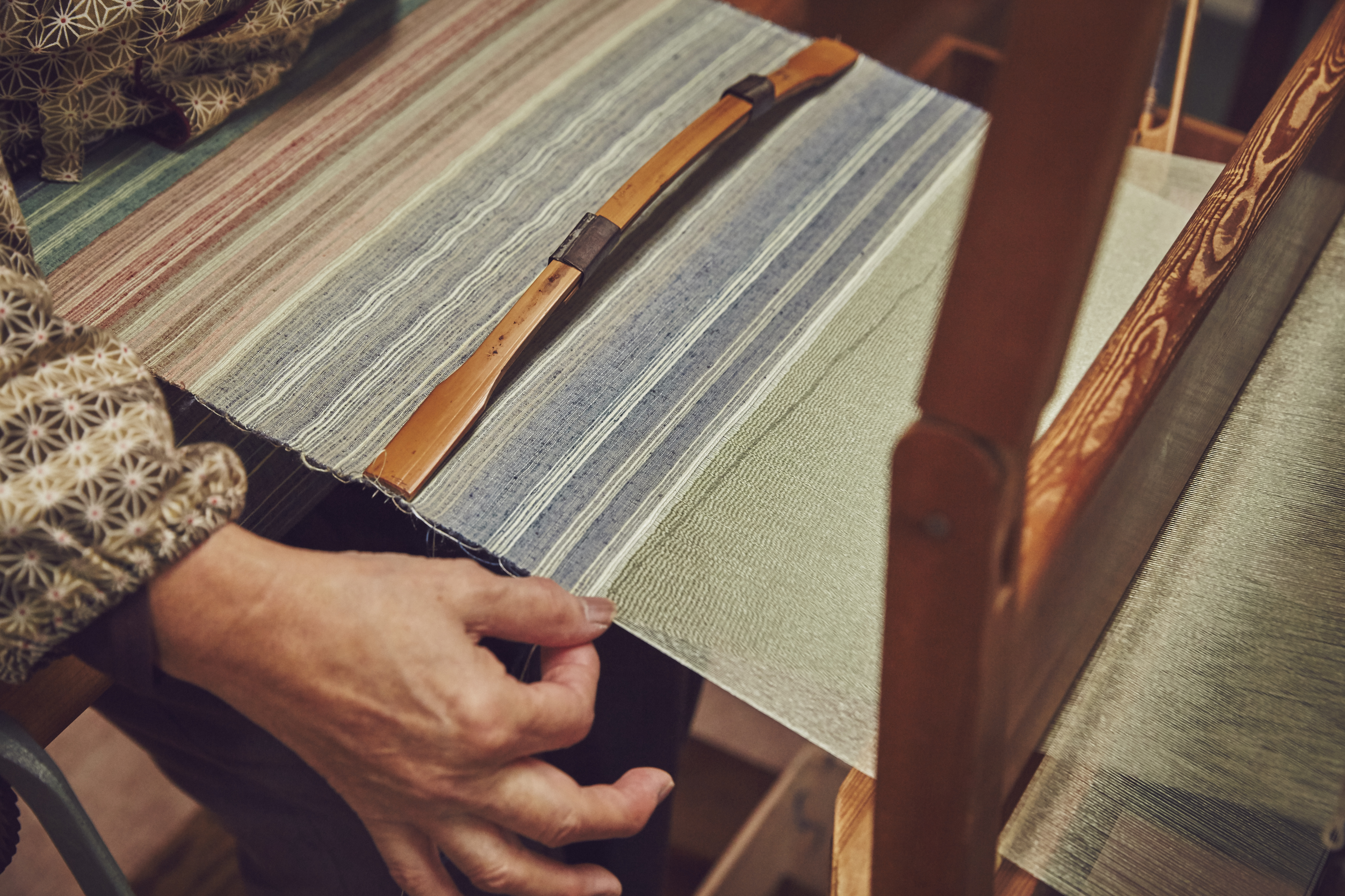
Silkworm production was promoted heavily by the local domains of Shinshu (the former name of Nagano), and many farmhouses used their attics specifically for this task. As silkworm production prospered, silk thread factories and silk-weaving workshops appeared in the region as well. Shinshu Tsumugi Fabric is silk produced in Nagano Prefecture, an umbrella term for local silk brands such as Matsumoto Tsumugi, Ueda Tsumugi, Iida Tsumugi and Ina Tsumugi.
One characteristic of Nagano’s tsumugi fabric is its subdued natural colors—a hallmark of its long tradition. Their color comes from dyes made with local plants. This style of dyeing is known as kusakizome.
Products made from Shinshu Tsumugi include yukata robes, bags, ties, wallets, and more.
Mizuhiki Cords
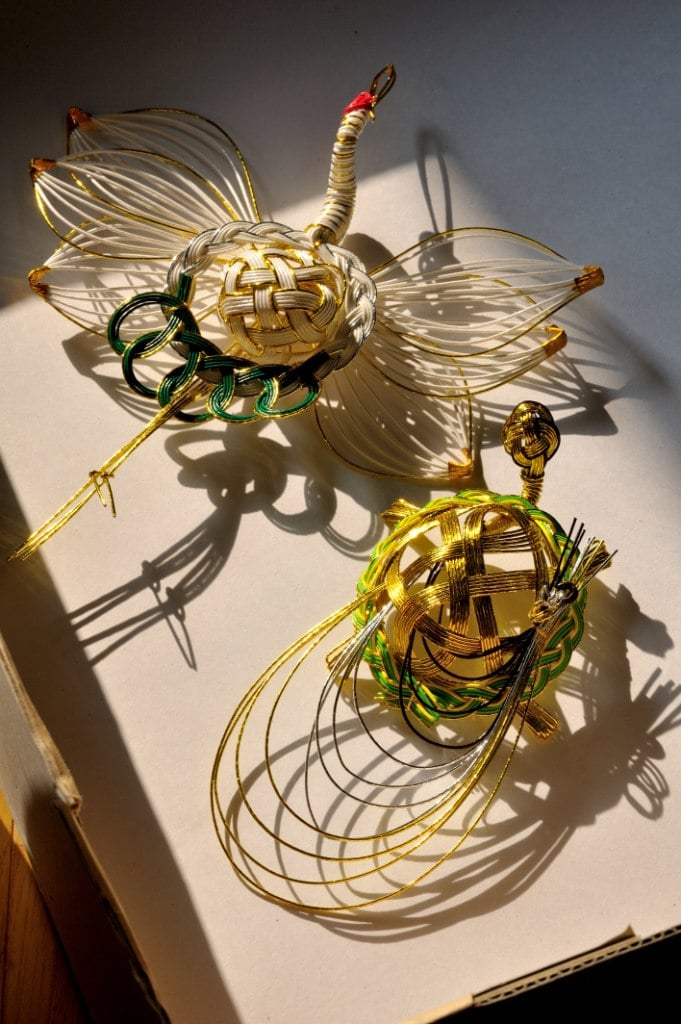
Mizuhiki is a traditional Japanese art form that involves the use of decorative cord made from twisted washi paper. It is often tied around gifts and envelopes, particularly those exchanged during important ceremonies. Knots of mizuhiki can vary from simple loops to extravagant, woven sculptures.
The Iida area of southern Nagano has a long history of producing both washi paper—the primary ingredient of mizuhiki—as well as mizuhiki itself. It currently produces over 70% of Japan’s mizuhiki cords.
In Iida, you can try papermaking and mizuhiki-making for yourself. You can learn more about Mizuhiki here.
Orokugushi Combs
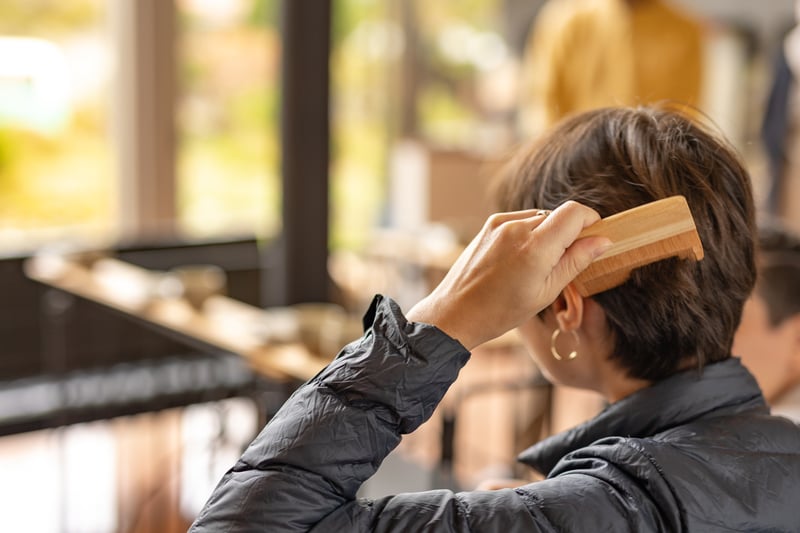
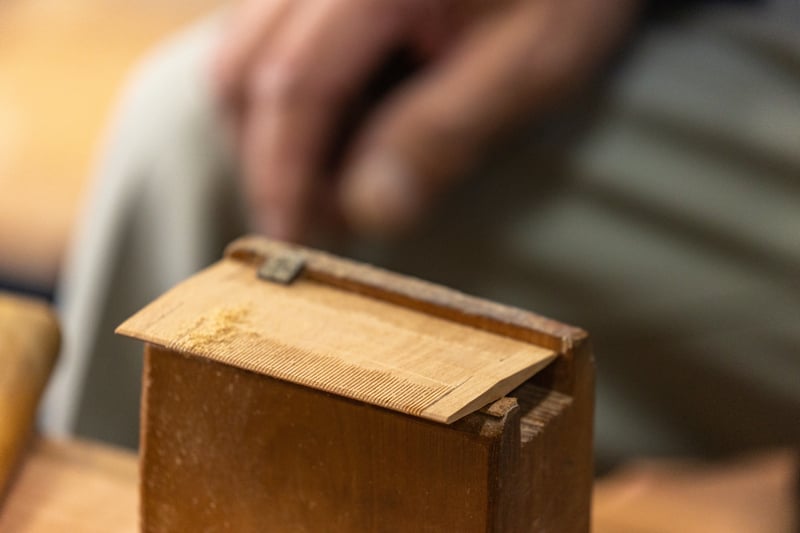
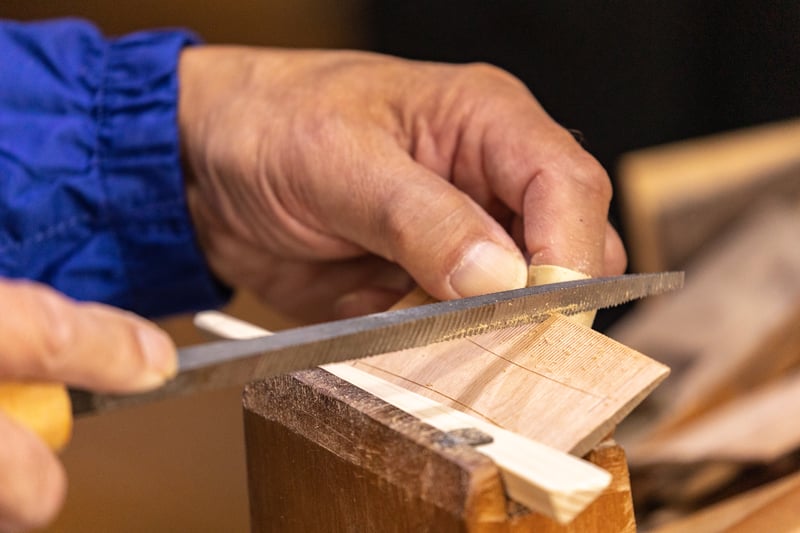
Orokugushi Combs are fine-tooth combs made of hard Minebari wood in the Yabuhara area of the Kiso Valley. They have been produced here since the Edo Period and have earned a reputation nationwide for their quality craftsmanship. Legend has it that the Orokugushi comb was first produced in an attempt to cure someone’s headache—and, as the legend goes, cure that headache it did.
These combs are much finer than typical combs, and the antibacterial properties of the minebari wood are said to benefit the user’s hair (and possibly cure their headaches?). A single 10-centimeter comb may include over 100 teeth—making a single tooth less than a millimeter wide.
Orokugushi comb-making is a dying art, but there are still several practicing Orokugushi artisans in the Yabuhara area. You can learn more about Orokugushi combs here.
Nagiso Woodturning (Rokuro Zaiku)
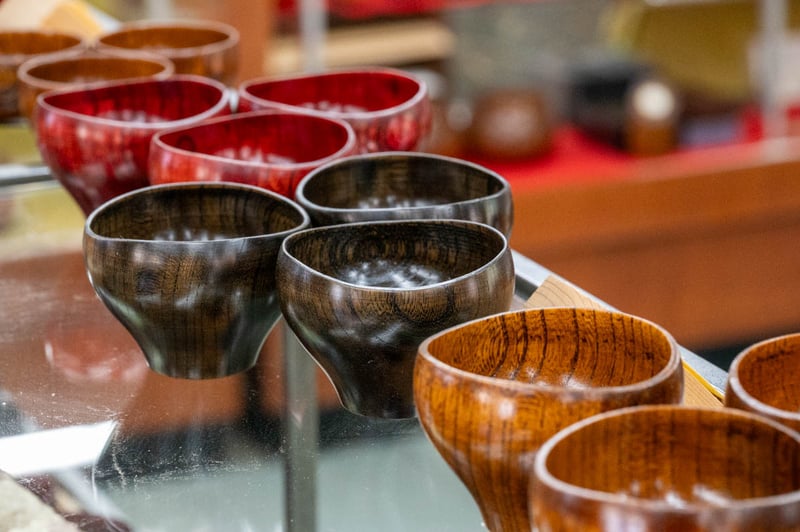
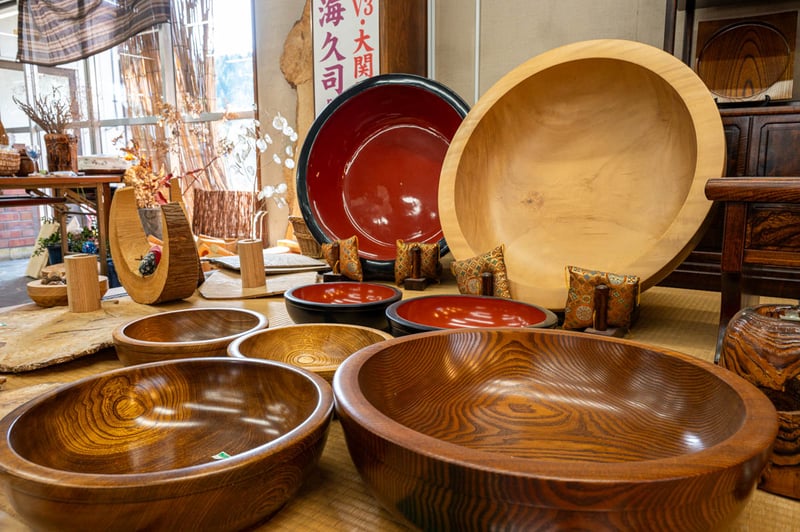
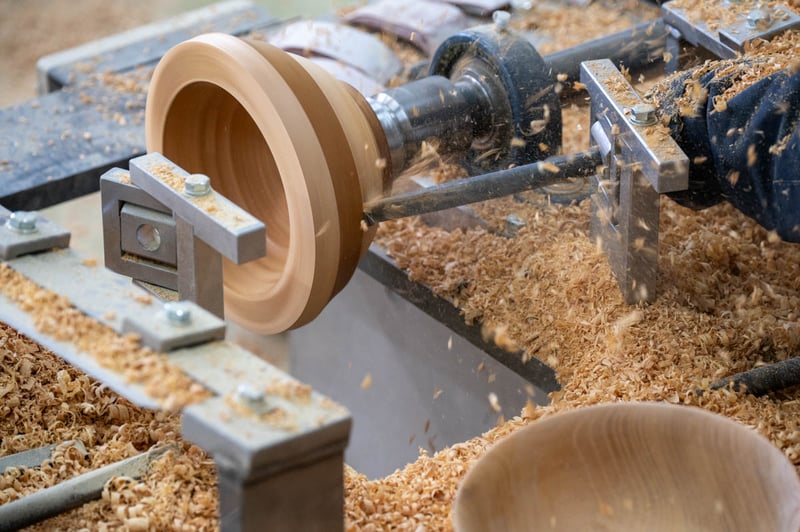
The Kiso Valley is surrounded by forest with plentiful, high-quality lumber. The southern area of Kiso has utilized these natural materials for centuries to produce beautiful woodwork. Large pieces of wood are turned by lathed and shaped into plates, trays and cups. These works are often coated with stains that show off their woodgrain, but some are coated in lacquer as well.
Woodturners in the area are called Kijishi, and the area where most of these artisans lived was referred to as Kijishi no Sato. There are seven lathe workshops still here today, about 20 minutes by car from Nagiso Station.
In addition to traditional turned woodworks, artisans have recently been creating new products such as vases, pens, and even high-end speaker systems.
Kiso Lacquerware (Kiso Shikki)
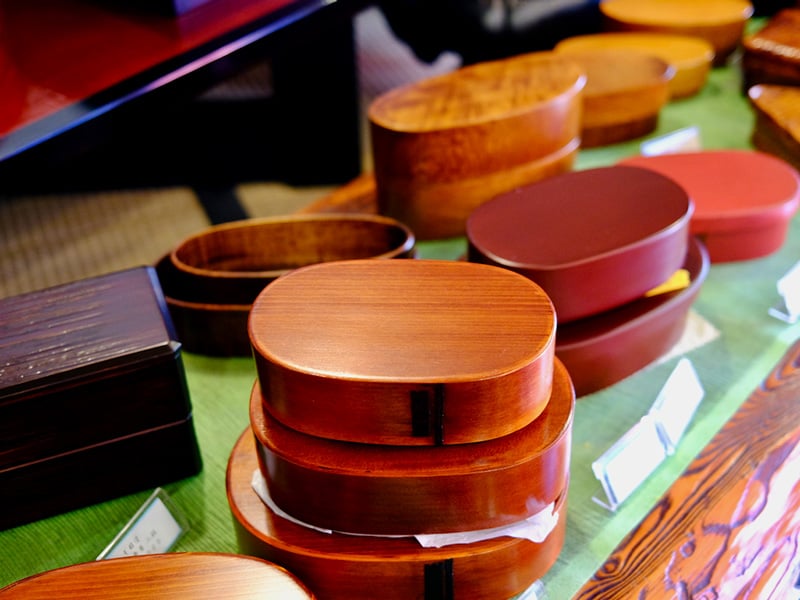
Lacquerware is another of the Kiso Valley’s specialties. The majority of the Kiso Valley’s lacquerware is produced in the town of Kiso Hirasawa, just a short distance from Narai, one of the Nakasendo’s most well-preserved post-towns.
Kiso Lacquerware covers a wide range of products such as furniture, plates, bowls, trays and chopsticks. These woodworks are repeatedly painted with lacquer and polished to create a glossy finish.
These lacquerware products can be purchased at shops around the Kiso Valley, particularly in the town of Narai and Kiso Hirasawa itself. Also, the Kiso Lacquerware Festival is held in Narai in early June and in Kiso Hirasawa in late October.
Learn more about Kiso Lacquerware here.
Matsushiro-yaki Pottery
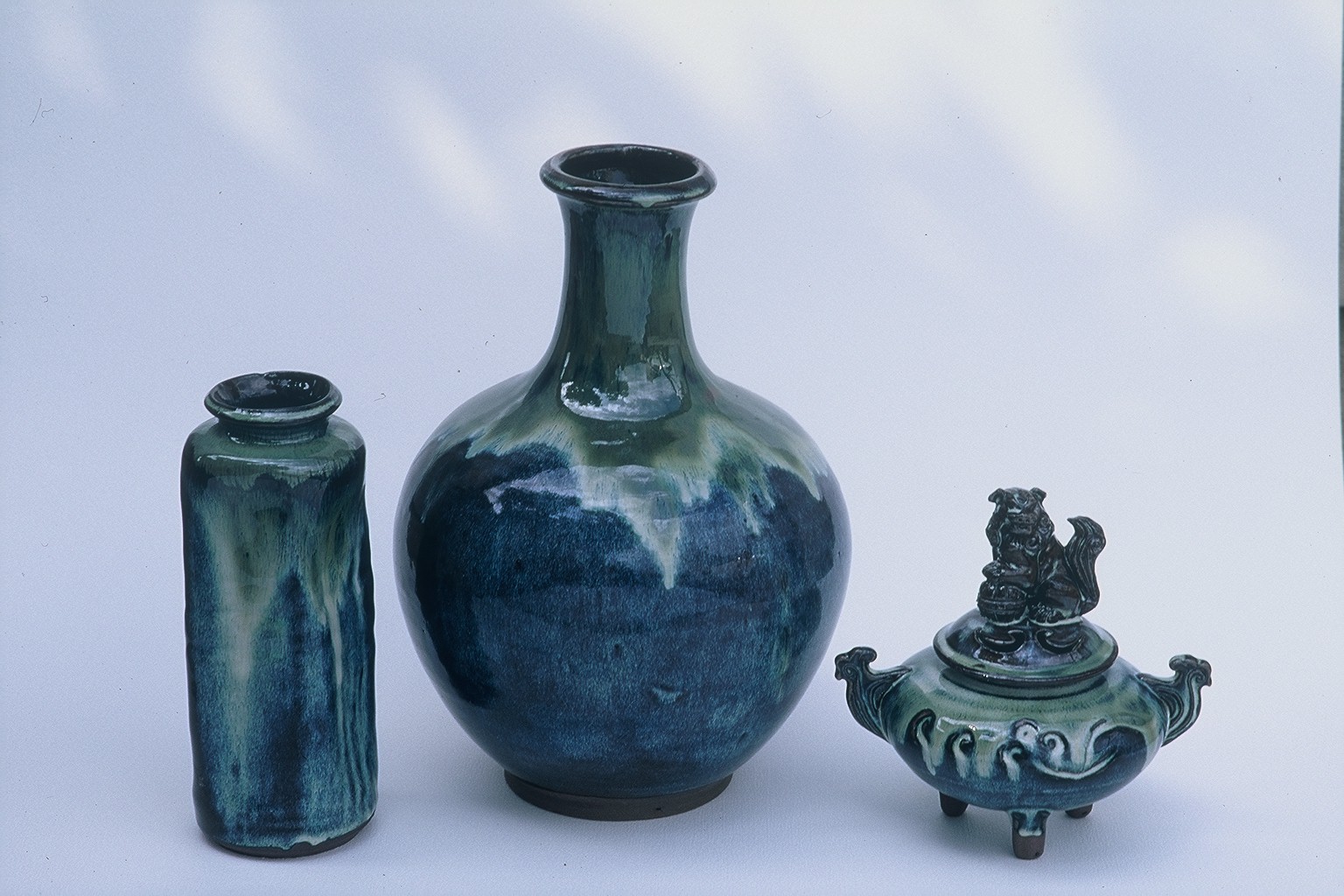
The area of Matsushiro was once the most prosperous area of Nagano, producing enough rice per year to feed 100,000 people. The iron-rich clay soil certainly helped in its rice production and also served as a medium for producing beautiful works of pottery.
Matsushiro-yaki Pottery is known for its beautiful blue and green glazes, which flow organically down the side of each piece. To create this effect, the piece is painted with an undercoat of blue and lined with a lighter green glaze around the mouth. The green glaze slowly oozes down the side of the piece as it fires in the kiln, creating a one-of-a-kind design. No two pieces of Matsushiro-yaki are the same.
Matsumoto Furniture (Matsumoto Kagu)
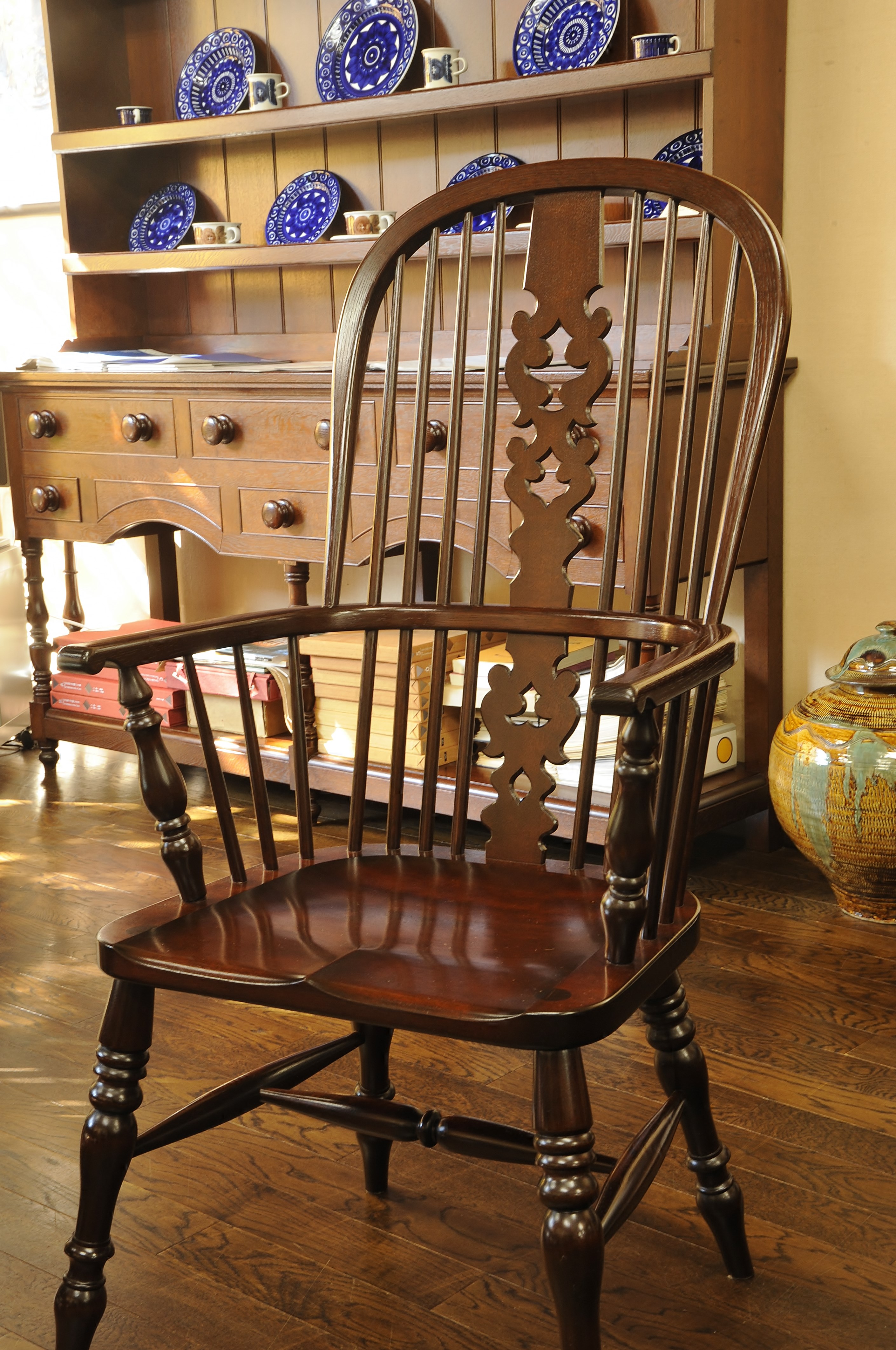
Traditional Japanese furniture has been produced in Matsumoto since the 16th century. Produced for the common man, Matsumoto Kagu encompassed everyday items such as chairs, tables, drawers and featured plain yet elegant wood finishes, showing off the grain of domestic cherry birch, horse chestnut, oak and zelkova trees.
In 1976, Matsumoto Kagu was the first furniture to be designated a traditional craft of Japan. There are over 800 variations of Matsumoto Kagu being produced today.
Even if you don’t plan to purchase furniture for yourself, you can enjoy Matsumoto Kagu as you explore the city’s restaurants, cafes and temples. Many places around the city proudly feature these local products.
Shinshu Blades (Shinshu Uchihamono)
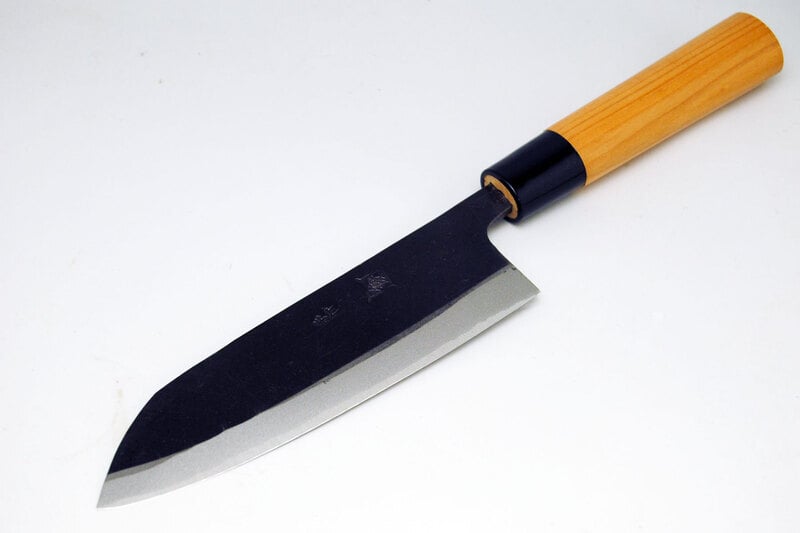
Produced primarily in the towns of Shinano and Iizuna, Shinshu blades are forged by hand and used for a variety of purposes.
Their origin is said to be the Battle of Kawanakajima (1553-1564), when swordsmiths traveled to Nagano to repair broken swords and other weapons. Locals picked up smithing techniques from them and applied those techniques to more fruitful pursuits, namely agriculture. Scythes for harvesting rice or clearing weeds are one of the most famous examples of Shinshu blades.
Nowadays, blacksmiths use their skills to produce culinary knives as well. Their sharp cutting edge, rustic blackened patina and affordable price make them a popular tool in the kitchen.

